–Grace Polk, Photographer, regarding Eastern Shore by Holly Meeker Rom, 2024
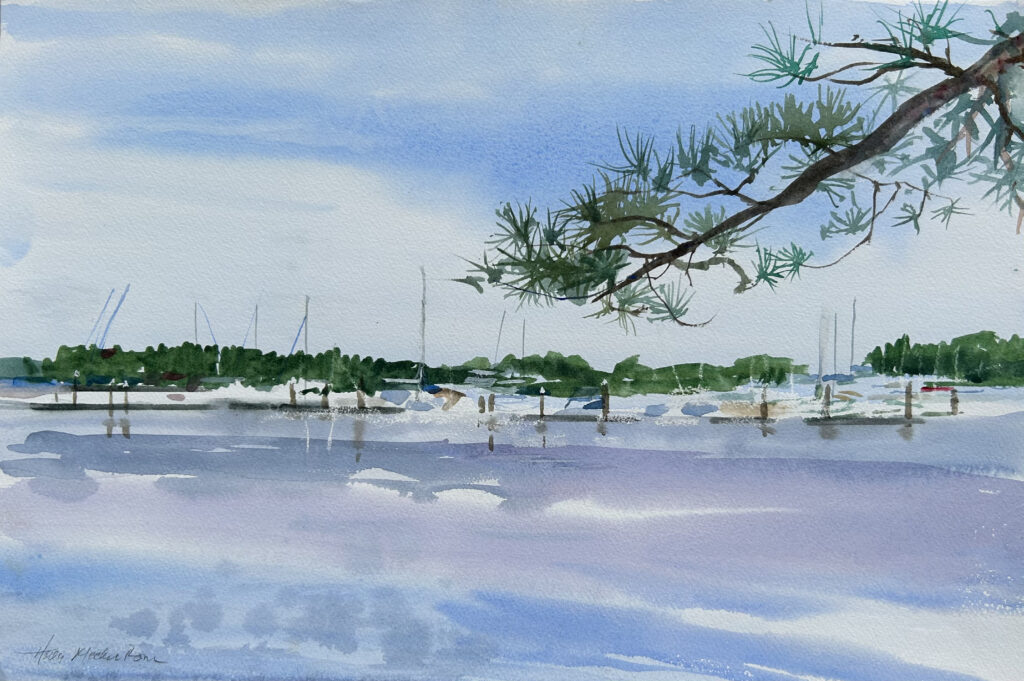
For the painter that Polk praises, the path to this accolade began in 1980, the year Holly Meeker Rom “fell in love with the watercolor medium during a plein-air workshop in Utah. When I read Grace’s comment on Facebook,” she adds with a smile, “I felt I had hit my mark.”
As the quest continues to establish MSeum, the world’s first museum to be built entirely by women—from all female construction workers and architects, to artists and board members, with the motto “Know Unknowns”—it’s inspiring to encounter the work of artists like Holly Meeker Rom, a.k.a HMR, a captivating talent less concerned with self-promotion than with the pure joy of making art. She is an artist who challenges herself with new forms of expression while supporting her sister creatives, and believing in the importance of making art accessible to everyone interested in it: those historically marginalized, as well as the blind and low-vision (women experience blindness 40 percent more than men, and deserve a lot more enrichment than most art institutions currently provide).
HMR divides her time between Colorado, Minnesota, and New York City. On the day we crossed paths, she was toting a large digital print of a collage depicting a whale. She’d created The Whiteness of the Whale using images from past issues of Elle, all in shades of white, to conjure the splendid cetacean, a modernist Moby Dick. The aggregated glossy-magazine snippets speak poignantly to how chic marine conservation has become, while pretty soon the ocean will be home to more discarded plastic than sea life, including non-biodegradable detritus that is a sad by-product of the beauty industry. The artist deliberately chose each component of her whale collage; with conceptual flair, an image of a model’s hand references the scientific fact that the human arm is remarkably structurally similar to cetacean flippers.

As a herstorically female form of creative expression, the “women’s work” of textile artistry weaves its magical way into a variety of notable contemporary artists’ portfolios, from Bisa Butler’s acclaimed quilted portraits, to the painted canvases of Athena Anastasiou, which morph into dynamic draperies that puddle on the floor. Far ahead of its time —half a century, to be exact—is the textile artistry of HMR, whose exquisite Ethnic Americans (1974), conceived and created 50 years ago, remains perfectly modern and of-the-moment today. (See image in this issue’s Table of Contents.)
Ethnic Americans is what MSeum calls a MSterpiece: a melange of batik and quilting that portrays four beautiful children, all of them female, each representing a different component of America’s gorgeous mosaic: African American, Asian, Latina, Native American. Behind them wave the Stars and Stripes of Old Glory, the textile MSterpiece famously created by Betsy Ross; beside the girls appear their respective heritage cloths (i.e. Kente cloth). Fabric, dye, batting, and trapunto stitching (an advanced quilting technique) combine beautifully in Ethnic Americans, paying homage—make that femmage—to the diversity that truly makes America Great.
A symbol of the USA’s kaleidoscopic ethnic fabric, Ethnic Americans also reads as a celebration of fabric itself, and its power to tell a compelling visual story: a yarn.
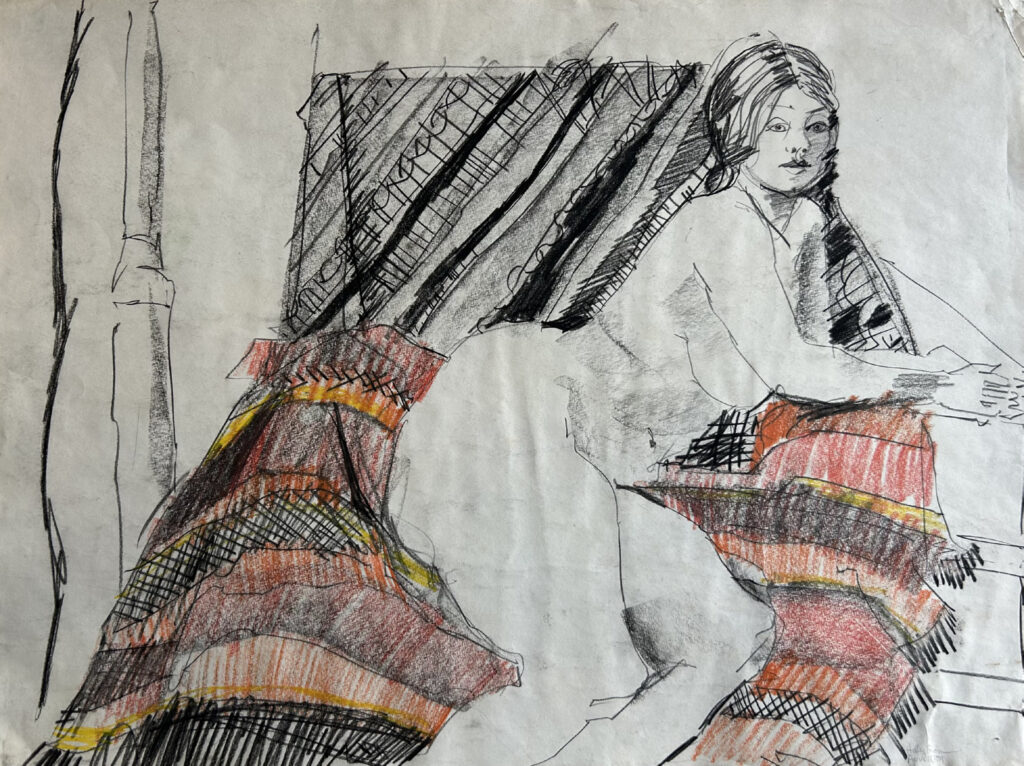
Fabric, and depictions of it, take prominence in many HMR works, notably her compelling portraits of dancers and female nudes. One standout is her portrayal of a zaftig nude, with exciting echoes of Toulouse-Lautrec and Rubens, plus a transgressive frisson that evokes Egon Schiele.
Meanwhile, HMR’s landscapes, with or without architectural landmarks, reveal a virtuoso often praised—in this publication, The Washington Post, and elsewhere—for the way she lets paper assert its blankness within a composition. This technique also informs her collage work; the glamorous whale floats in a sea of off-white Arches cold press paper, while other works combine several watercolor paintings, collaged together. “I enjoy adding collage to my process, hand-painting watercolor scraps of rice paper.” Ethnic Americans displays the same “transparent layering of color” as HMR’s aquarelles—no small feat while handling clear, hot wax. These works are but a fraction of a compelling oeuvre that—like the work of so many Unknowns woven throughout the fabric of art history—deserves wider exposure, exploration, and scholarship. G&S
hollymeekerrom.com
etsy.com/shop/WatercolorsByHolly
FB: @hollymeekerrom
IG: @hollymeekerrom

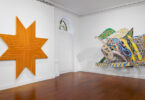
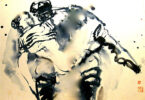
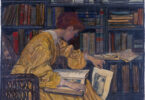
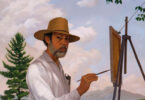
Beautiful write-up. Your work is so good and visceral. Love your command of the materials.